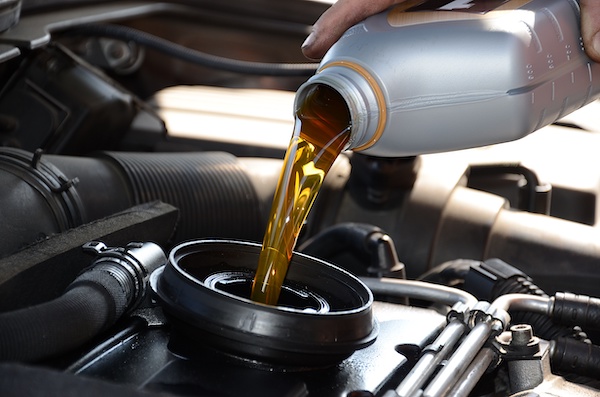
Typically, cars can go for between 5,000 to 7,500 miles without an oil change, but when you finally have to change it, you can choose from a wide selection of options. In that case, you can choose to top up the oil in your automobile with conventional, synthetic, or semi-synthetic oil.
Each oil type is unique. For instance, synthetic oil works well in extreme temperatures while semi-synthetic oil thrives in areas with low temperatures. Read on to find out how these oil categories compare.
Conventional Engine Oil
Conventional oil is formulated from a base that's 100% mineral oil derived from refining crude oil. All types of motor oil were at one point a conventional oil, also known as mineral oils. They're an economical option as they forego most refinement and re-engineering processes, which can be expensive. Despite that, they still contain vital additives that may help reduce engine wear and tear, thereby improving overall performance.
Synthetic Motor Oil
Currently, most auto service providers emphasize the use of synthetic oils, which are created in a lab to guarantee high viscosity and uniformity regardless of prevailing weather conditions. These oil types continuously facilitate peak performance despite external temperatures. Other benefits include extended drain intervals and optimum protection of your car's engine whenever it's being towed.
Semi-Synthetic Engine Oil
This type of oil allows you to enjoy the cost-efficiency of conventional oil and the peak performance guaranteed by using fully synthetic oil. Synthetic blends offer maximum protection against sludge buildup while promising tip-top performance for vehicles with over 75,000 miles on the odometer, including trucks, vans, and SUVs.
How to Tell if Your Car Needs An Oil Change
To identify when your automobile needs an oil change, you can check the oil color. Clear oil is often translucent and amber in color. When the oil starts working, it gradually traps debris, which makes it obtain a black color.
You can check the consistency and color of your vehicle's oil by removing the dipstick. If you're having trouble seeing the dipstick through the oil, you should schedule an oil changing service. At such times, we invite you to bring your car to our repair shop today.